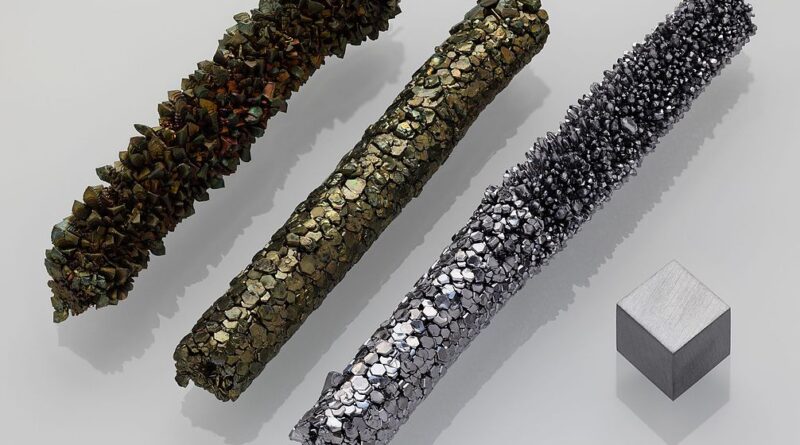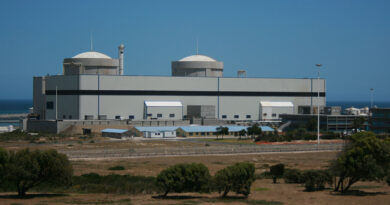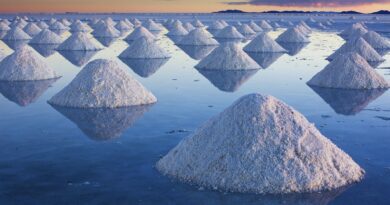Vanadium production and supply gaps
Vanadium is primarily extracted as a byproduct from mining titaniferous magnetite ores, where it is recovered during steel production. There are three main pathways for production:
- co-/by-product recovery from steelmaking slag (common in China and Russia)
- secondary recovery from petroleum residues, fly ash, and spent catalysts (e.g., in the U.S. and Europe)
- primary mining, which remains rare and geographically limited
As of 2024, 97% of global vanadium production is sourced from just four countries — China, Russia, South Africa, and Brazil — with China alone producing more than two-thirds.
The US currently lacks any active primary vanadium mines. Production from domestic ore ended in 2020. However, in 2025, Anfield Energy’s Velvet-Wood uranium-vanadium mine in Utah became the first mine approved under the Trump administration’s new 14-day expedited permitting process, reflecting renewed urgency over mineral security.
China dominates, not just mining, but also processing — more than 50% of all processed vanadium — highly energy-intensive and requiring complex extraction methods, especially to convert ore or slags into battery-grade vanadium pentoxide (V2O5) or electrolyte solutions used in VRFBs.
Secondary sources are unable to make up the shortfall. Reprocessing petroleum residues, fly ash, and spent catalysts contributed an estimated 5,700 metric tons to US supply in 2023. These materials contain vanadium as a trace element, typically ranging from 2–5% by weight in spent catalysts and even lower in fly ash or heavy oil residues. Recovery involves chemical leaching, roasting, or solvent extraction to isolate vanadium pentoxide.
However, feedstock composition varies widely, and the environmental cost of processing — especially handling toxic byproducts — limits capacity expansion with a lack of dedicated collection systems or centralized recycling infrastructure.
This high concentration in global supply creates significant vulnerability to supply shocks, trade restrictions, or political instability — especially as the IEA warns that diversification in critical minerals is stalling, where China retains over 70% of global control.
Between January 2014 – March 2025, vanadium prices have shown greater price volatility than oil and natural gas.
The Ukraine conflict and sanctions against Russian exports have added further instability, while China’s clampdown on critical mineral exports in 2024-2025 has raised alarm over the vulnerability of downstream industries.
In response the US has managed to increase secondary supply of vanadium, but still imported 40% of its vanadium consumption in 2024, with key suppliers including Canada, Brazil, Austria and South Africa.
Vanadium’s dual-role in steel and stationary storage means it is simultaneously a mature industrial metal and an emerging technology metal. This makes it volatile, but also strategic. For investors seeking asymmetric exposure to energy security and grid transformation, vanadium offers a rare, under-explored angle — but investors must navigate a thin supply pipeline and geopolitical chokepoints.
While speculative demand may ebb with steel cycles, the structural demand growth from VRFBs, and the inability to quickly scale primary supply, points to sustained long-term tightness in the market. Projects with vertically integrated vanadium extraction and refining, particularly outside China and Russia, stand to gain premium valuations.
The supply-demand crunch is already in motion.




